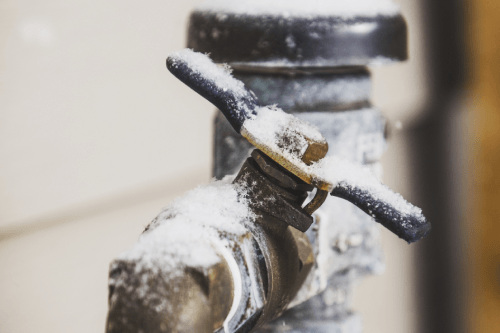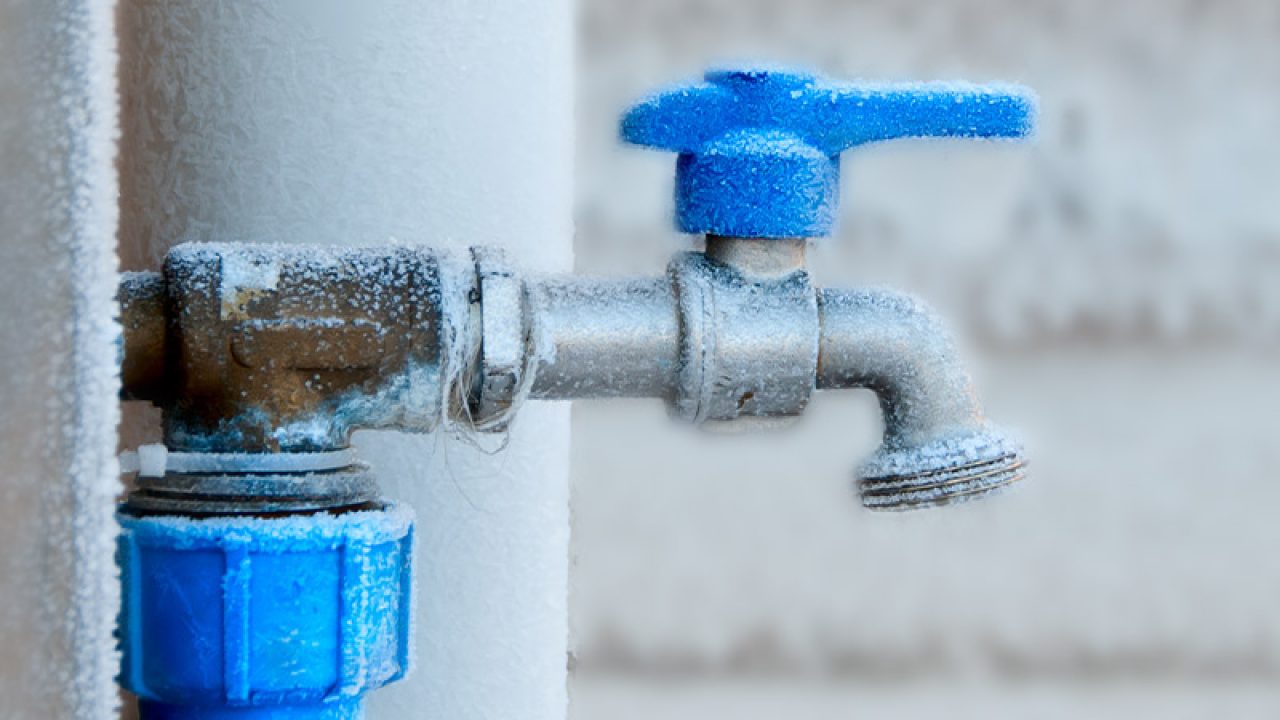Tips to Keep Your Pipes from Freezing Issues: Crucial Advice
Tips to Keep Your Pipes from Freezing Issues: Crucial Advice
Blog Article
Were you trying to locate facts on How to Prevent Your Pipes From Freezing?

Winter can damage your pipes, particularly by freezing pipes. Here's just how to avoid it from taking place and what to do if it does.
Introduction
As temperature levels decrease, the risk of frozen pipelines increases, possibly resulting in pricey repair work and water damages. Understanding exactly how to stop frozen pipelines is important for homeowners in chilly climates.
Comprehending Icy Pipes
What triggers pipes to freeze?
Pipelines ice up when revealed to temperature levels listed below 32 ° F (0 ° C) for extended periods. As water inside the pipelines freezes, it increases, taxing the pipe walls and potentially causing them to rupture.
Risks and problems
Icy pipelines can bring about supply of water interruptions, property damages, and pricey fixings. Ruptured pipes can flood homes and create substantial structural damage.
Indicators of Frozen Water Lines
Determining icy pipes early can stop them from bursting.
Just how to determine frozen pipelines
Look for reduced water circulation from taps, unusual odors or sounds from pipes, and visible frost on exposed pipelines.
Prevention Tips
Protecting prone pipes
Wrap pipelines in insulation sleeves or utilize warmth tape to safeguard them from freezing temperature levels. Focus on pipelines in unheated or outside locations of the home.
Home heating techniques
Keep indoor rooms effectively heated up, particularly locations with pipes. Open cupboard doors to enable cozy air to circulate around pipes under sinks.
Securing Exterior Plumbing
Yard hoses and outdoor taps
Separate and drain pipes garden pipes prior to winter. Install frost-proof faucets or cover exterior faucets with shielded caps.
What to Do If Your Pipes Freeze
Immediate actions to take
If you think icy pipes, maintain faucets open up to alleviate pressure as the ice melts. Utilize a hairdryer or towels taken in warm water to thaw pipelines gradually.
Long-Term Solutions
Structural changes
Think about rerouting pipes away from outside wall surfaces or unheated areas. Add additional insulation to attic rooms, basements, and crawl spaces.
Upgrading insulation
Purchase premium insulation for pipes, attics, and walls. Proper insulation aids keep constant temperatures and reduces the threat of frozen pipes.
Conclusion
Protecting against icy pipelines calls for aggressive actions and fast actions. By understanding the causes, indications, and safety nets, home owners can protect their plumbing during cold weather.
6 Proven Ways to Prevent Frozen Pipes and Protect Your Home
Disconnect and Drain Garden Hoses
Before winter arrives, start by disconnecting your garden hoses and draining any remaining water. Close the shut-off valves that supply outdoor hose bibs and leave the outdoor faucet open to allow any residual water to drain. For extra protection, consider using faucet covers throughout the colder months. It’s also important to drain water from any sprinkler supply lines following the manufacturer’s directions.
Insulate Exposed Pipes
Insulating your pipes is an effective way to prevent freezing. Pipe insulation is readily available at home improvement stores and is relatively inexpensive. Pay close attention to pipes in unheated areas such as the attic, basement, crawl spaces, or garage. Apply foam insulation generously to create a buffer against the cold. You can also wrap your pipes in heat tape or thermostat-controlled heat cables for added warmth.
Seal Air Leaks
Inspect your home for any cracks or openings that could let in cold air. Seal any holes around the piping in interior or exterior walls, as well as the sill plates where your home rests on its foundation. Additionally, make sure to keep your garage door closed unless you’re entering or exiting. Leaving it open creates a significant air leak that can lead to frozen pipes.
Allow Warm Air Circulation
During cold snaps, it’s essential to allow warm air to circulate evenly throughout your home. Leave interior doors ajar to promote better airflow. Open kitchen and bathroom cabinets to help distribute heat consistently around the rooms. If you have small children or pets, be sure to remove any household chemicals or potentially harmful cleaners from open cabinets for safety.
Let Faucets Drip
A small trickle of water can make a big difference in preventing ice formation inside your pipes. When temperatures drop significantly, start a drip of water from all faucets served by exposed pipes. This continuous flow helps prevent the water from freezing. Additionally, running a few faucets slightly can relieve pressure inside the pipes, reducing the chances of a rupture if the water inside does freeze.
https://choateshvac.com/6-proven-ways-to-prevent-frozen-pipes-and-protect-your-home/

I'm very interested in Helpful Tips to Prevent Frozen Pipes this Winter and I am hoping you liked my piece. Do you know about someone else who is intrigued by the subject? Feel free to promote it. Thank you so much for your time spent reading it.
Schedule A Free Estimate Report this page